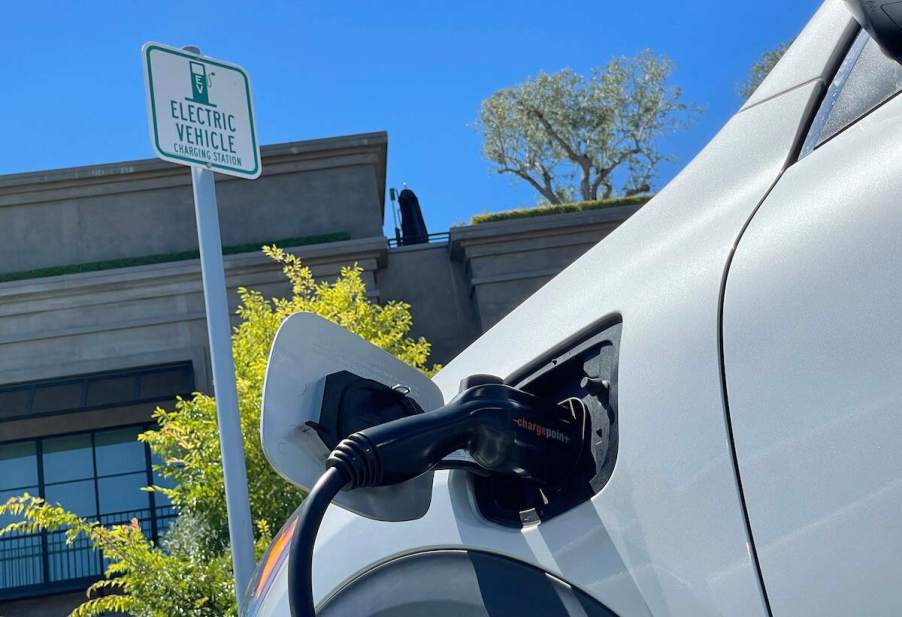
EV Charging Is So Bad in CA the Owner Wants to Go Back to Gas: Here’s Why
You’d expect the state leading the EV zeitgeist would have the best charging network, and it does. Unfortunately, the best is far from ideal. That’s according to a Los Angeles Times staffer with a multitude of EV charging station problems. It’s so bad she wants to trade her car for a hybrid.
Which EV did the owner have?

Mariel Garza has had her 2020 Kia Niro EV for three years. She loves everything about the car, aligning with all the good things hyped over the years about electrification. But when it comes to public charging stations, the list of problems the LA Times deputy editorial page editor has faced is a bad omen for the future of electric cars.
That also means the situation could be far worse beyond the Golden State’s borders.
What problems are EV charging stations having?

Here are some of the issues Garza and other EV drivers in California face:
- Many parts of the state don’t have public fast chargers.
- Only a few chargers are operating at many stations. Researchers in the San Francisco Bay area recently put the number of functioning public chargers at 75%.
- Chargers are often hard to find even when drivers use apps. For example, apps give only general locations. Many charging stations can be located in odd areas of parking lots or behind buildings. Some are available only during business hours or to surrounding businesses’ paying customers.
- When all EV charging spaces are occupied, drivers must wait indefinitely until one becomes available.
- Sometimes drivers don’t know their car is plugged into a non-working charger until they’ve begun charging.
- Once they’ve successfully plugged into a charger, it can arbitrarily shut off before the car has gotten the desired amount of charge.
- Sometimes fast chargers aren’t very fast, increasing the amount of time to charge. That becomes especially problematic when drivers are waiting out in the sun or rain next to a freeway.
- Because each charging company requires its own app, users must download and shuffle through several when the station has no functioning chargers.
What are some of the larger issues around EV charging?
A larger problem moving forward is that because companies want the most profit from the cost to build charging stations, they want to put them in popular locations. The problem is rural areas become a dearth of public chargers.
Some of these issues can be expected among early adopters of any new technology. They include hiccups with the technology, commonality problems, and a profit–versus–public good dilemma. But consumers want convenience, which should be one of the advantages of EV ownership.
The U.S. government intends to unleash 500,000 EV chargers nationwide by 2030. Let’s hope its planning is better than the hit-and-miss vagaries we have now.



